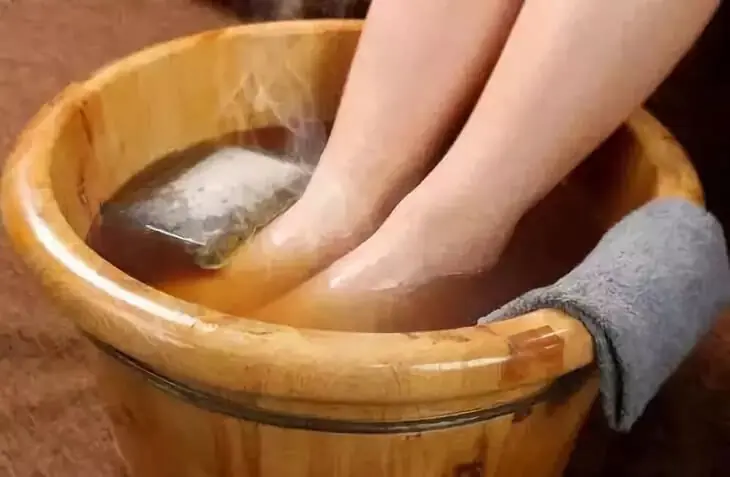
Purple leaf plant: A natural remedy for headaches and more

The purple leaf plant (often known as Tradescantia pallida) is a strikingly beautiful plant with vibrant purple leaves, but its value goes beyond aesthetics. Known for its medicinal properties in traditional medicine, the purple leaf plant has been used for centuries to treat a variety of ailments. One of its most notable benefits is its ability to help relieve headaches and promote overall health.
In this article, we will explore the benefits of the purple leaf plant, particularly for conditions such as headaches, as well as other health benefits it offers, and how to incorporate it into your daily routine.
What is the Purple Leaf Plant?
The purple leaf plant, commonly referred to as purple heart or wandering Jew, is a popular ornamental plant known for its striking color and lush foliage. Its leaves range from a deep purple to a rich green, making it a popular choice in gardens and indoor decor.
This plant is not only visually appealing but is also recognized in traditional herbal medicine for its healing properties. The leaves contain several bioactive compounds that are believed to have medicinal effects, particularly for conditions related to the nervous system, digestion, and inflammation.
Health Benefits of the Purple Leaf Plant
The purple leaf plant is commonly used in traditional remedies for a variety of health issues. Here are some of the main health benefits:
1. Headache Relief
One of the most common uses for the purple leaf plant is to alleviate headaches, particularly tension headaches and migraines. In some cultures, it is believed that the plant has the power to soothe nervous tension and promote relaxation, which can help reduce the intensity and frequency of headaches.
How it works:
-
The plant’s leaves are often brewed into a tea or infused with other calming herbs like cinnamon (as shown in the image) to create a soothing drink. The anti-inflammatory and calming effects of the purple leaf can help relax the muscles and reduce the pressure in the head, providing relief from pain.
-
Inhalation of the steam from the infusion is also thought to help open nasal passages and ease any sinus pressure contributing to headaches.
2. Supports Digestion
Purple leaf is believed to aid in digestion and promote gut health. It is used in some traditional medicine systems to treat conditions like indigestion and bloating. The plant contains compounds that may help improve intestinal motility, relieve gas, and reduce symptoms of acid reflux.
How it works:
-
Drinking tea made from the purple leaf or using the leaves in digestive tonics may help with gastritis, constipation, and bloating. The plant’s anti-inflammatory properties also soothe the stomach lining and promote better digestion.
3. Anti-Inflammatory Effects
Purple leaf contains several active compounds, including flavonoids and antioxidants, which are known for their anti-inflammatory effects. These compounds can be beneficial for people suffering from inflammatory conditions such as arthritis and muscle pain.
How it works:
-
Drinking purple leaf tea or using it in topical applications may help reduce joint pain, swelling, and inflammation associated with conditions like rheumatoid arthritis. Regular use of the plant can support the body’s natural inflammatory response and promote healing.
4. Antioxidant-Rich for Immune Support
Purple leaf plants contain high levels of antioxidants, which play a crucial role in neutralizing free radicals in the body. Free radicals are harmful molecules that can cause cellular damage and contribute to the aging process and various diseases, including cancer.
How it works:
-
By incorporating purple leaf into your routine, you may enhance the body's natural defense systems. Antioxidants from the plant help boost the immune system, protect cellular health, and promote overall wellness.
5. Skin Health
Some traditional uses of purple leaf also include its ability to treat skin conditions like eczema, rashes, and minor wounds. The plant's antibacterial and healing properties make it a useful remedy for topical application.
How it works:
-
Crushing the leaves and applying the paste directly to the skin may help soothe irritation, reduce redness, and promote faster healing of minor cuts or abrasions.
-
Purple leaf tea can also be used as a soothing facial rinse to calm inflamed skin and reduce the appearance of acne.
How to Use Purple Leaf Plant for Health Benefits
Here are some ways to incorporate the purple leaf plant into your daily health routine:
1. Purple Leaf Tea
One of the most common ways to use the purple leaf plant for its medicinal properties is by making a tea. Here’s how you can prepare it:
Ingredients:
-
Fresh purple leaf plant (a handful of leaves)
-
Cinnamon sticks (optional, for flavor and added benefits)
-
Boiling water
Instructions:
1. Wash the purple leaves thoroughly to remove any dirt or contaminants.
2. Boil a pot of water.
3. Place the leaves into a teapot or a cup and pour the hot water over them.
4. Cover and let it steep for 5-10 minutes.
5. Optional: Add cinnamon sticks to the brew for extra flavor and additional anti-inflammatory properties.
6. Strain and enjoy the soothing tea. Drink 1-2 cups per day for relief from headaches and digestive issues.
2. Topical Application for Skin
If you're using purple leaf for skin health, you can crush the leaves and apply them directly to irritated areas. Here’s how:
1. Crush the fresh leaves using your hands or a mortar and pestle.
2. Apply the paste directly onto areas affected by skin irritation, eczema, or minor cuts.
3. Leave it on for 10-15 minutes, then wash off with warm water.
This can help soothe irritated skin, reduce swelling, and promote healing.
3. Inhalation of Steamed Purple Leaves
For headache relief, you can inhale the steam from purple leaves boiled in water:
1. Place a handful of fresh purple leaves in a pot of hot water.
2. Lean over the pot and cover your head with a towel, allowing the steam to reach your face.
3. Inhale deeply for several minutes to relieve sinus pressure and headache discomfort.
4. Incorporating Purple Leaf into Salads or Smoothies
Although this plant is mostly used medicinally, you can also incorporate it into your diet by adding purple leaves to your salads or smoothies. This is a great way to add its health benefits to your everyday meals.
Conclusion
The purple leaf plant is not only a beautiful addition to any garden or home but also a powerful natural remedy for a variety of health issues. From headache relief to supporting digestion, immune function, and skin health, incorporating this vibrant plant into your routine can offer a wealth of health benefits. Whether consumed as tea, applied topically, or used in cooking, the purple leaf plant provides a simple and effective way to support your overall well-being.
As with any herbal remedy, it's essential to consult a healthcare provider before beginning any new treatment, especially if you are pregnant, breastfeeding, or have underlying health conditions. Embrace the natural healing power of the purple leaf plant and enjoy its many benefits!
News in the same category

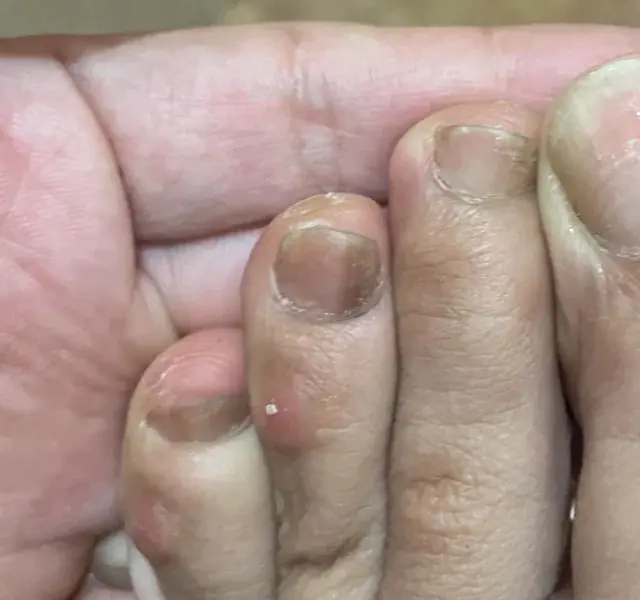
The Feet of People “Hiding” Can.cer Often Show 5 Differences

12 signs that may signal a brain aneurysm — Don’t ignore them

hese 4 Changes on the Soles of Your Feet May Signal Poor Liver Health — Not Having Them Is a Blessing
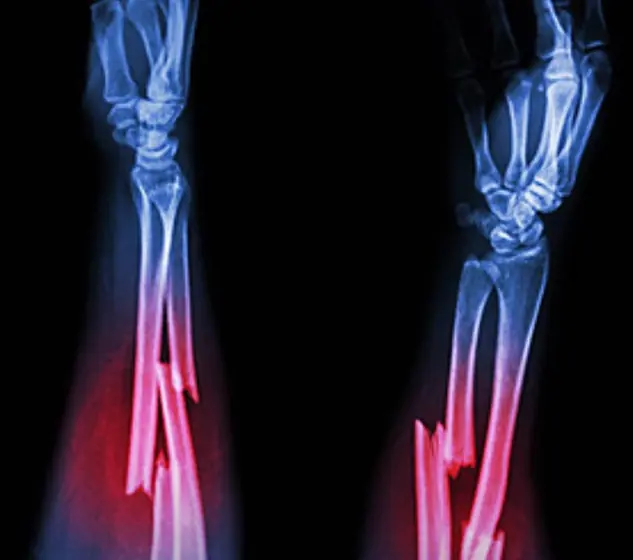
Strange theory for those who’ve never br.oken a bone

This poi.son des.troys your bones, but you drink it everyday

5 Red Flags of Kidney Stones That Everyone Should Watch Out For
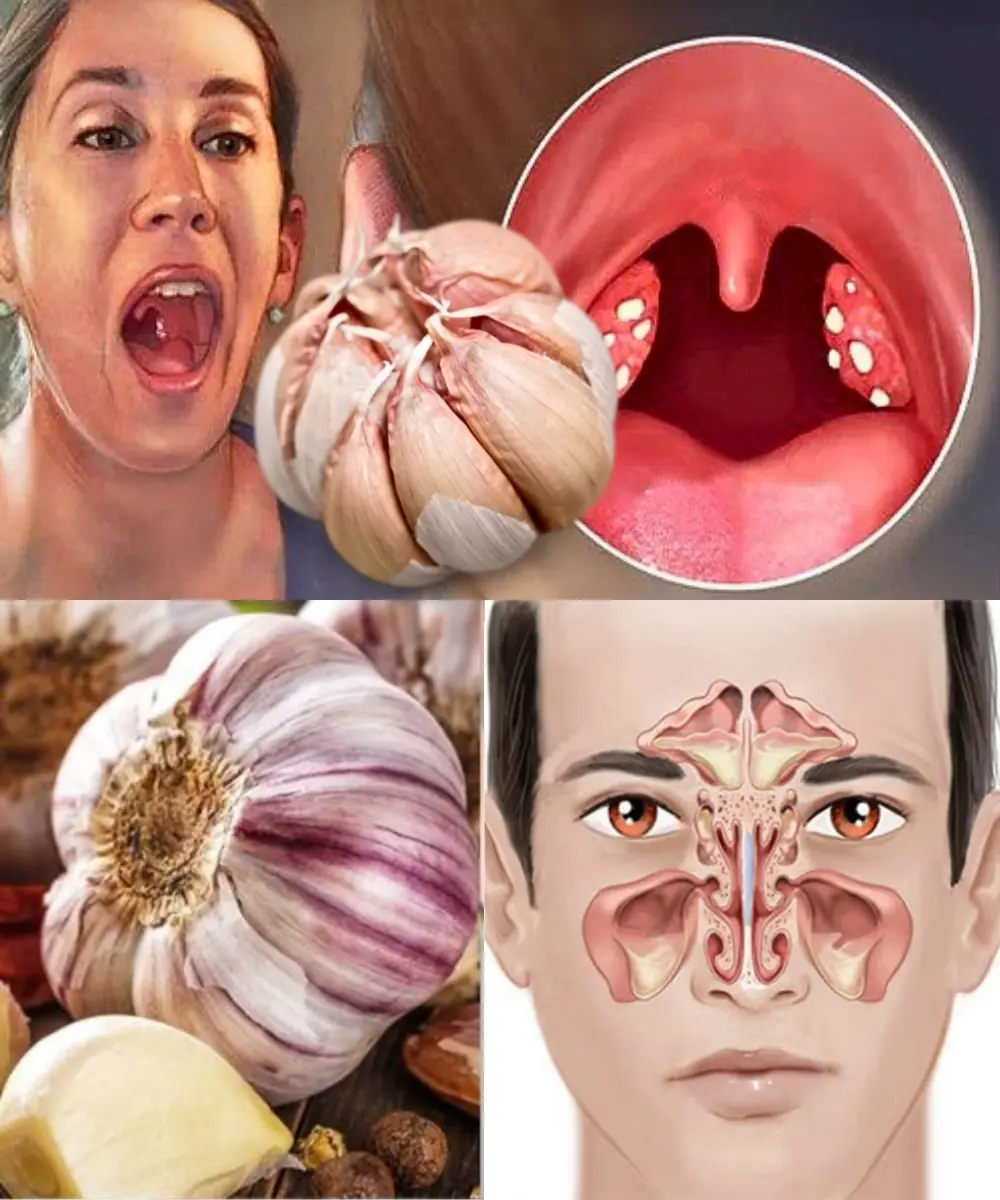
Garlic eliminates infections: Sinusitis, UTIs, Sore Throat & More – 12 benefits and how to use it

7 Early Signs of Bile Duct Cancer You Shouldn’t Ignore

4 Signs You Might Have Sleep Apnea

Frequently waking up at 3-4 AM: Be careful of these 4 sc.ary dis.eases

12 noticeable benefits of eating banana and avocado every morning for just one month
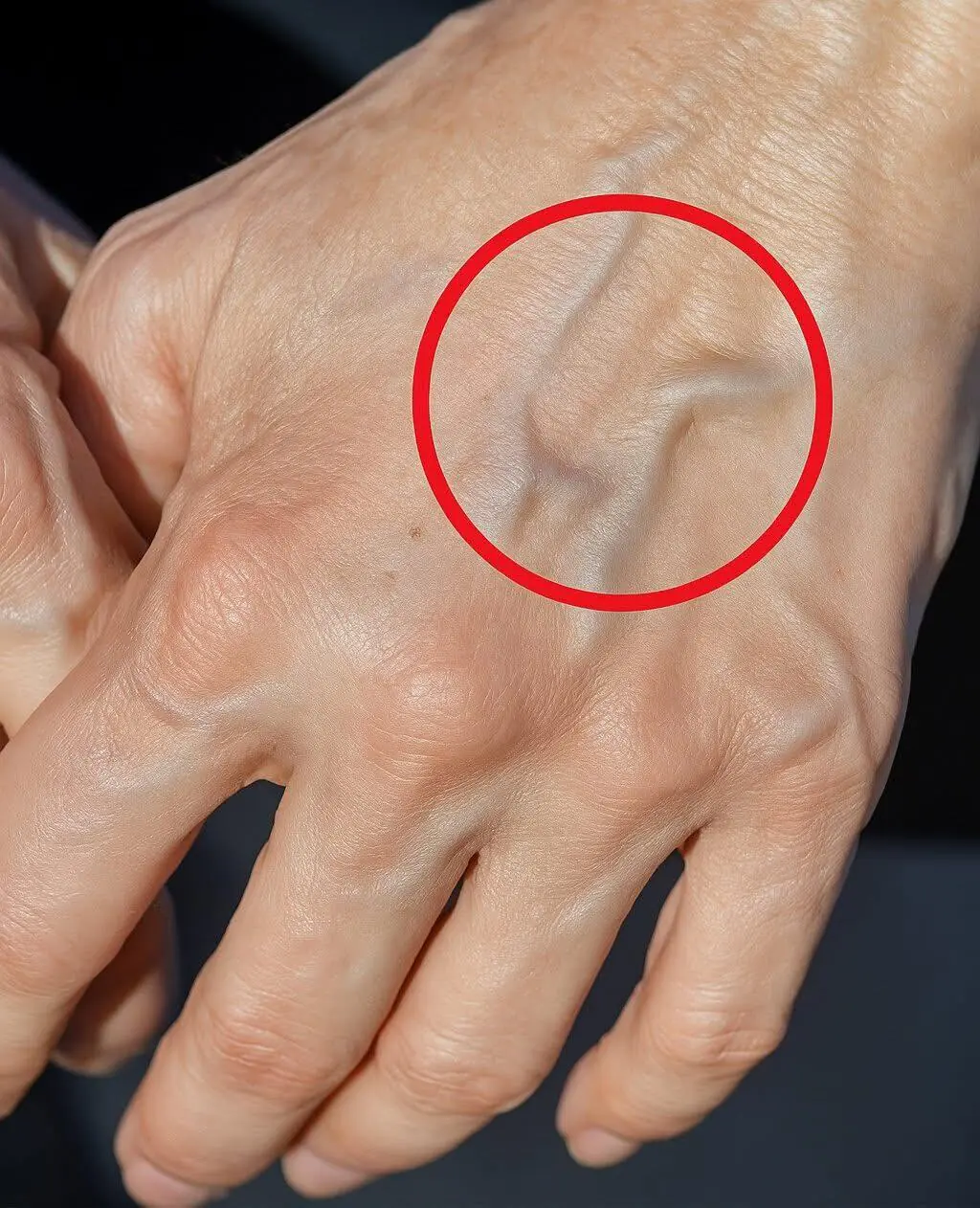
If Veins Suddenly Pop Out on Your Hands

All The Things You Need to Know About Nighttime Urination And When To Start Worrying

Umbilical Hernia: Causes, Symptoms and Treatment
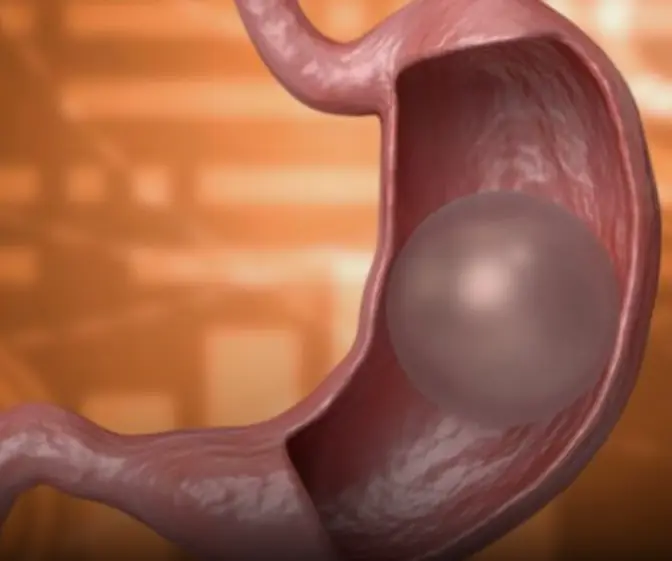
What happens if the gastric balloon bur.sts?

Gassier at Night? Here’s Why (and What To Do About It)

What is myasthenia gravis and what are its symptoms?
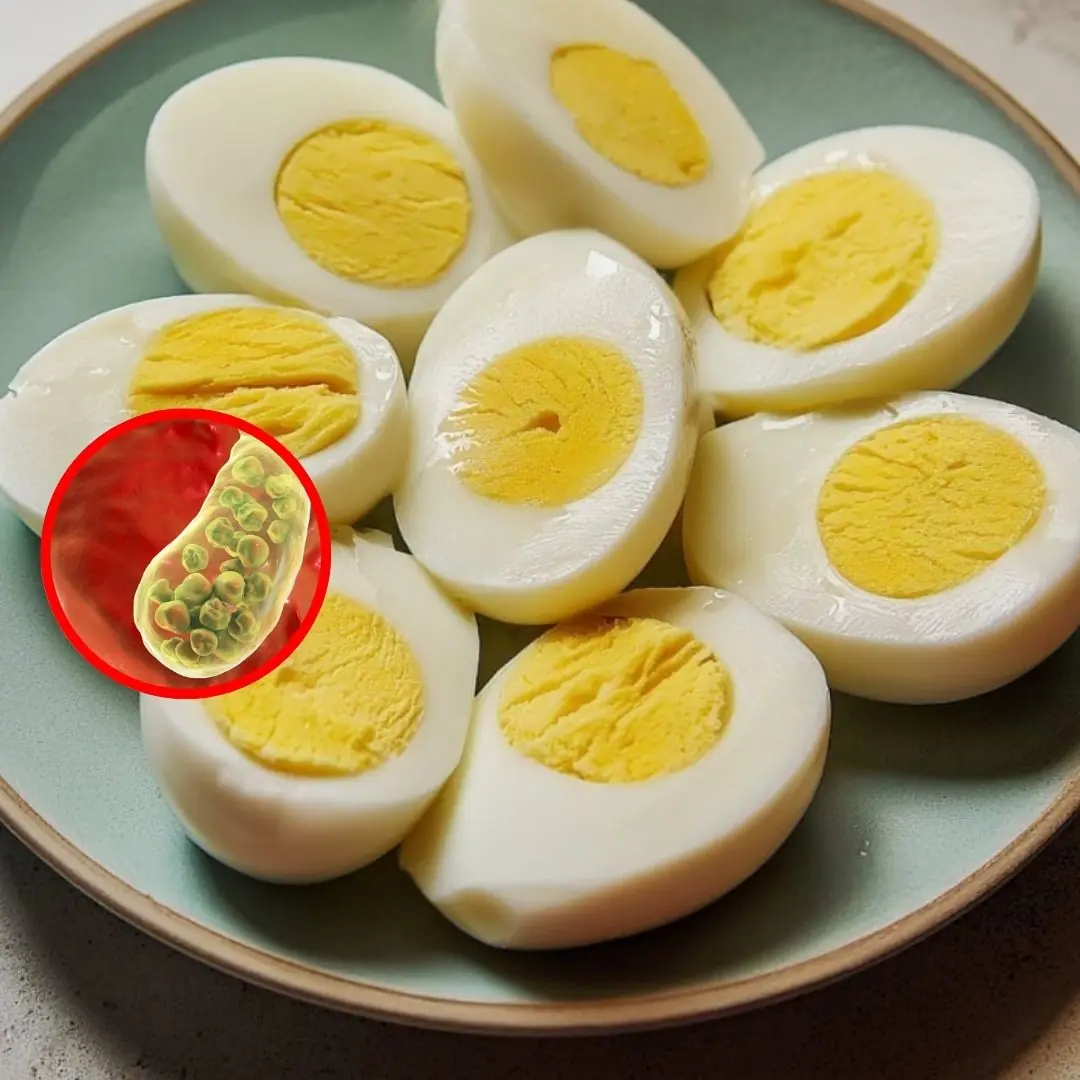
Eating chicken eggs is harmful to these 5 groups of people
News Post

Smart Women Take Advantage of Their Peri.od to Do These 4 Things: Relieve Fatigue, Cleanse the Ute.rus, and Detox the Body

The Feet of People “Hiding” Can.cer Often Show 5 Differences

Hotel Staff Confess: 5 “Clean-Looking” Items in Motels & Hotels That Are Actually Filthy – Number 4 Will Sho.ck You Most!

Sign Someone Might Be Planning to Leave

If the paint inside a rice cooker or non-stick pan is scratched or peeling

12 signs that may signal a brain aneurysm — Don’t ignore them

hese 4 Changes on the Soles of Your Feet May Signal Poor Liver Health — Not Having Them Is a Blessing

Strange theory for those who’ve never br.oken a bone

This poi.son des.troys your bones, but you drink it everyday

5 Red Flags of Kidney Stones That Everyone Should Watch Out For

Garlic eliminates infections: Sinusitis, UTIs, Sore Throat & More – 12 benefits and how to use it

7 Early Signs of Bile Duct Cancer You Shouldn’t Ignore

Few People Realize the Real Reason Behind That Little Hole Above the Sink

4 Signs You Might Have Sleep Apnea

There is a button on the washing machine that if turned on, the clothes will be cleaner and last longer, but many people still don't know about it.

Pests Are Secretly Taking Over Your House — Watch Out for These 7 Warning Signs

Frequently waking up at 3-4 AM: Be careful of these 4 sc.ary dis.eases

12 noticeable benefits of eating banana and avocado every morning for just one month
